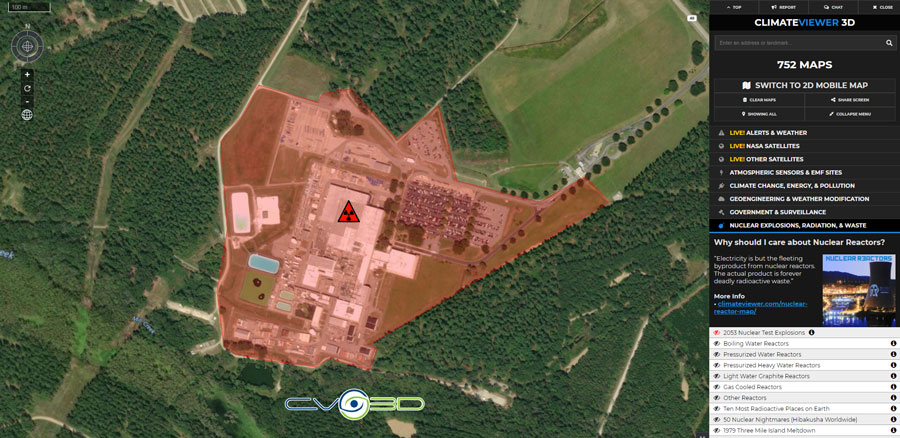![]() Radioactive uranium has leaked through the floor at the Westinghouse fuel factory on Bluff Road, contaminating the soil in an area of Richland County with a nearly 35-year history of groundwater pollution from the plant.
Radioactive uranium has leaked through the floor at the Westinghouse fuel factory on Bluff Road, contaminating the soil in an area of Richland County with a nearly 35-year history of groundwater pollution from the plant.
By Sammy Fretwell
sfretwell@thestate.com
July 24, 2018 05:58 PM
The U.S. Nuclear Regulatory Commission says the uranium, a toxic substance used to make nuclear fuel rods, seeped through a 3-inch hole in a concrete floor in part of the factory where an acid is used. The hole extends 6 feet into the ground, according to the NRC. The NRC learned of the leak July 12.
Officials with the S.C. Department of Health and Environmental Control said they have no reason to believe the uranium has trickled off the site or that public water supplies are threatened.
However, the agency said it does not have the results of recent groundwater tests on the Westinghouse property. Those test results will show whether pollution in the soil washed into the area’s shallow groundwater, which seeps into creeks in the Congaree River flood plain.
Read more here: https://www.thestate.com/news/business/article215355955.html#storylink=cpy
And From Jim Lee at Climateviewer:
EVENT NOTIFICATION REPORT:
https://www.nrc.gov/reading-rm/doc-collections/event-status/event/2018/20180723en.html
OFFSITE NOTIFICATION TO SOUTH CAROLINA DEPARTMENT OF HEALTH AND ENVIRONMENTAL CONTROL
“For this event, notification was made to the South Carolina (SC) Department of Health and Environmental Control (DHEC) per R 61-68 E.4.b which requires 24 hour notification upon discovery of an ‘unauthorized discharge into waters of the State which may cause or contribute to an excursion of a water quality standard.’ While it was not conclusively determined that the leak migrated to the groundwater, Columbia made the notification based on discussions with SCDHEC. SCDHEC was notified by phone on July 12, 2018 at 1530 EDT.
“An equipment issue was noted on July 10, 2018 during ongoing maintenance activities to repair the liner associated with Hydrofluoric Acid Spiking Station No. 2 in the conversion process area of the Columbia plant. While the polypropylene liner was removed for repair work, a crack was noticed in the epoxy coating covering the diked area at the spiking station. Upon further investigation, a hole approximately 3 inches in diameter was found penetrating the concrete floor and into the soil beneath. Measurements taken reflect the depth of the hole as approximately 6 feet into the soil. Several samples of soil were obtained from the immediate area the morning of July 11, 2018. These samples were analyzed at the Columbia Plant Chemical Laboratory with results obtained the morning of July 12. The highest measurements reported from the samples are 4,000 ppm Uranium and 24 ppm Fluoride, with a pH of 2.84.
“The Hydrofluoric Acid Spiking Station No. 2 remains out of service. This is a localized issue underneath the floor of the existing structure and well within the boundaries of the site, thus there is no impact to public health and safety or facility workers.
“The spiking station remains removed from service while the event is being fully evaluated. Maintenance has placed a metal plate over the hole as an interim measure to protect the environment from any potential leaks from associated piping. Monitoring of closest downgradient well will be performed within the next seven days. Appropriate repairs or modifications will be completed to the concrete pad and protective layers before the equipment is returned to service. Issue Report 2018-12123 was entered into the Corrective Action Program.”
SEE MORE INFO AT CLIMATEVIEWER









